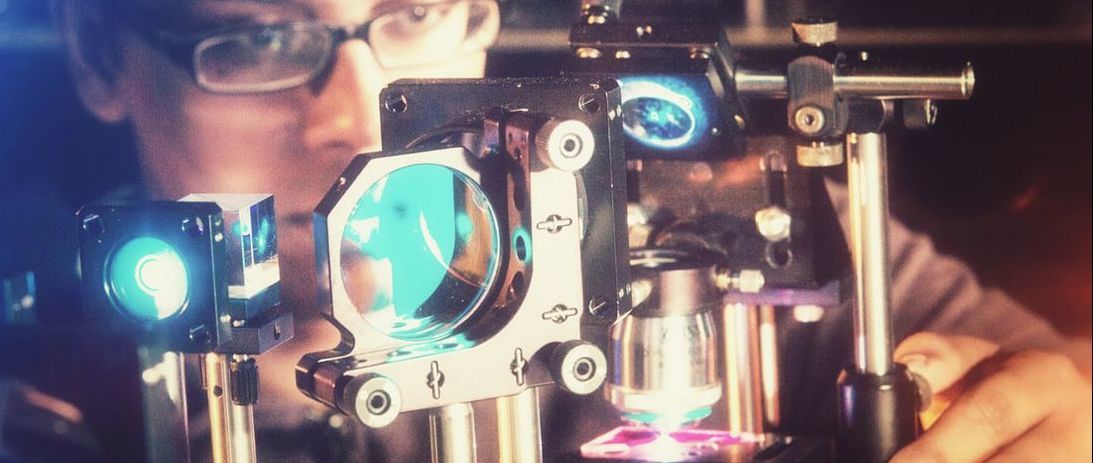Refractive-index reconstruction through multiple scattering
Refractive-index (RI) is an important optical property that controls how light propagates within any general object. In the realm of biological imaging, RI is often exploited to visualize endogenous biological contrast, and is a crucial component in a host of phase-contrast microscopies (PhM). Successful reconstruction of a 3D RI distribution from a set of 2D PhM measurements is, in my opinion, the holy grail of quantitative label-free imaging. If an object's 3D RI distribution is known, then the very way in which light interacts and propagates through the object can be extracted. Huge implications around the board - definitely in microscopy but also applications in fiber-optics, metamaterials, astronomy, semi-conductors, etc.
Unfortunately, this is a tough problem. In biological microscopy, optical diffraction tomography (ODT) comes closest to a practical solution, and reconstructs an estimate of the sample's 3D RI from a sequence of 2D electric-field measurements, typically acquired with a digital holographic system. Unfortunately, conventional ODT makes the crucial assumption of weakly varying RI. Though this assumption is sufficient for thin and weakly scattering samples, such as individual cells, it is incorrect for thicker and more highly scattering samples. Furthermore, a digital holographic system used to collect electric-field measurements is labor-intensive in design and prone to misalignment.
question for this project: Can we reconstruct 3D RI distributions from biological samples that are multiple scattering? And can we do it without holography?
Unfortunately, this is a tough problem. In biological microscopy, optical diffraction tomography (ODT) comes closest to a practical solution, and reconstructs an estimate of the sample's 3D RI from a sequence of 2D electric-field measurements, typically acquired with a digital holographic system. Unfortunately, conventional ODT makes the crucial assumption of weakly varying RI. Though this assumption is sufficient for thin and weakly scattering samples, such as individual cells, it is incorrect for thicker and more highly scattering samples. Furthermore, a digital holographic system used to collect electric-field measurements is labor-intensive in design and prone to misalignment.
question for this project: Can we reconstruct 3D RI distributions from biological samples that are multiple scattering? And can we do it without holography?
Our solution...
Electric-field detection from simply intensity acquisitions is an underdetermined problem (an infinite number of electric-fields can output the exact same intensity). Add on top of that the problem of multiple scattering, and you got yourself a doozy of a problem. Given that formulating an analytical model relating intensity measurements to 3D sample RI would probably be too difficult under these conditions, this situation seems ideal for an optimization-based solution!
This is an active project and currently in its super-early stages - so no impressive results yet. Stay tuned!
Electric-field detection from simply intensity acquisitions is an underdetermined problem (an infinite number of electric-fields can output the exact same intensity). Add on top of that the problem of multiple scattering, and you got yourself a doozy of a problem. Given that formulating an analytical model relating intensity measurements to 3D sample RI would probably be too difficult under these conditions, this situation seems ideal for an optimization-based solution!
This is an active project and currently in its super-early stages - so no impressive results yet. Stay tuned!
